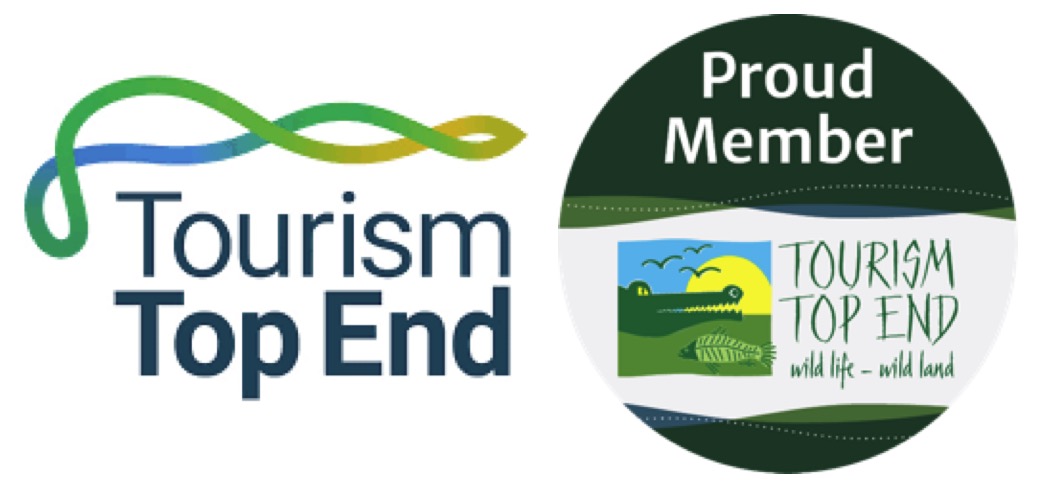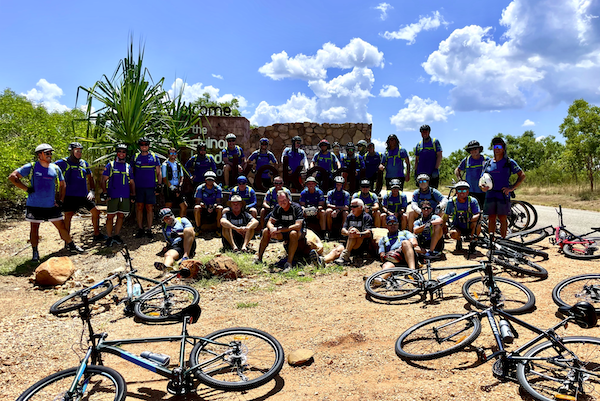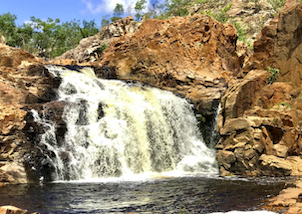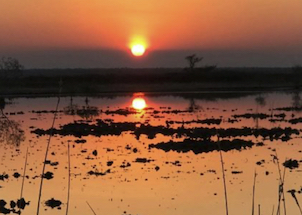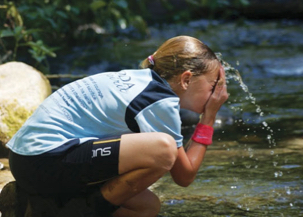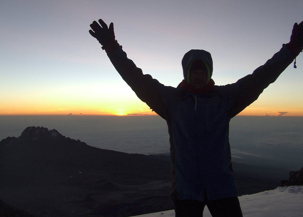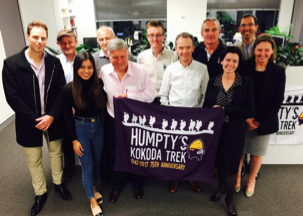When was the last time you rode through Australia’s glorious Top End…?
Well now you have the opportunity to test your body, mind and spirit as we ride through the vastness and beauty of the Northern Territories Top End.
The spectacular Kakadu, Jatbula Trail and Litchfield National Parks await on this monumental and awe-inspiring ride.
The scenery is spectacular, the culture is part of our heritage and the challenge is inspiring…with truly magnificent waterfalls and refreshing swimming holes.
Well now you have the opportunity to test your body, mind and spirit as we ride through the beauty of Kakadu, Jatbula and Litchfield National Parks.
